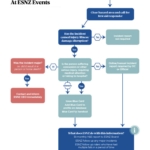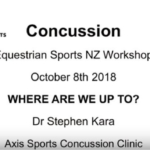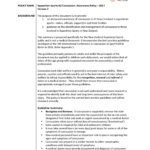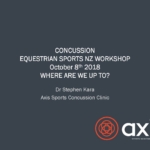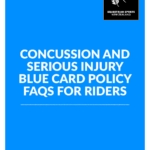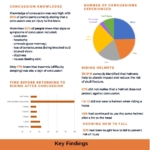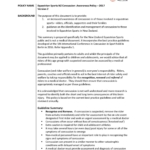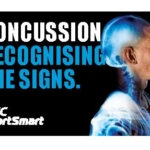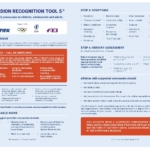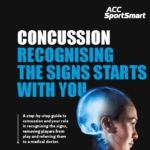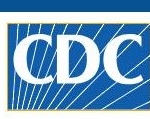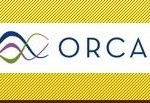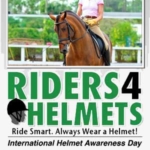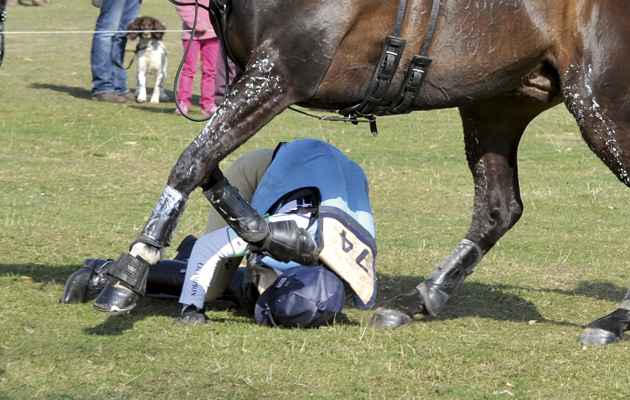ESNZ is migrating to a new database system. You may view the website but purchases through the shop, memberships, equine and result updates are currently disabled. For urgent enquires please contact us
Concussion
This page is intended as a resource for riders and volunteers/officials, to help recognise and deal with the symptoms of concussions and head injuries in equestrian sports
- ESNZ has implemented official, sport-specific guidelines on return to riding protocols for athlete concussions.
- ESNZ is now able to track the incidence of concussions at ESNZ Events, which will help us to assist concussed athletes, through our return to riding guidelines, and seek to reduce the potentially devastating Second Impact Syndrome
Recent Concussion Resources
AUT Concussion Survey Results
Summary from the concussion study carried out by Auckland University of Technology late last year
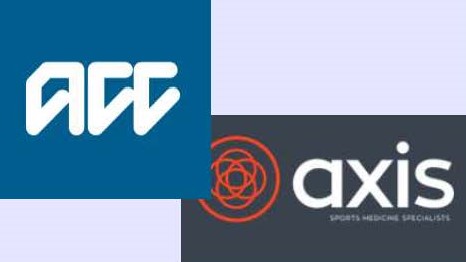
ESNZ have worked with ACC and Axis Sports Medicine in putting together our Concussion Policy
“ACC SportSmart are delighted with the focus Equestrian NZ are putting into raising awareness of concussion among the equestrian community. We fully support their approach; the adoption of best-practice guidelines, including the use of the blue card system in cases where a concussion is suspected truly makes the welfare of the riders a priority. Great work Dana and Heidi”. Nat Hardaker, Senior Injury Prevention Specialist – Sport, ACC
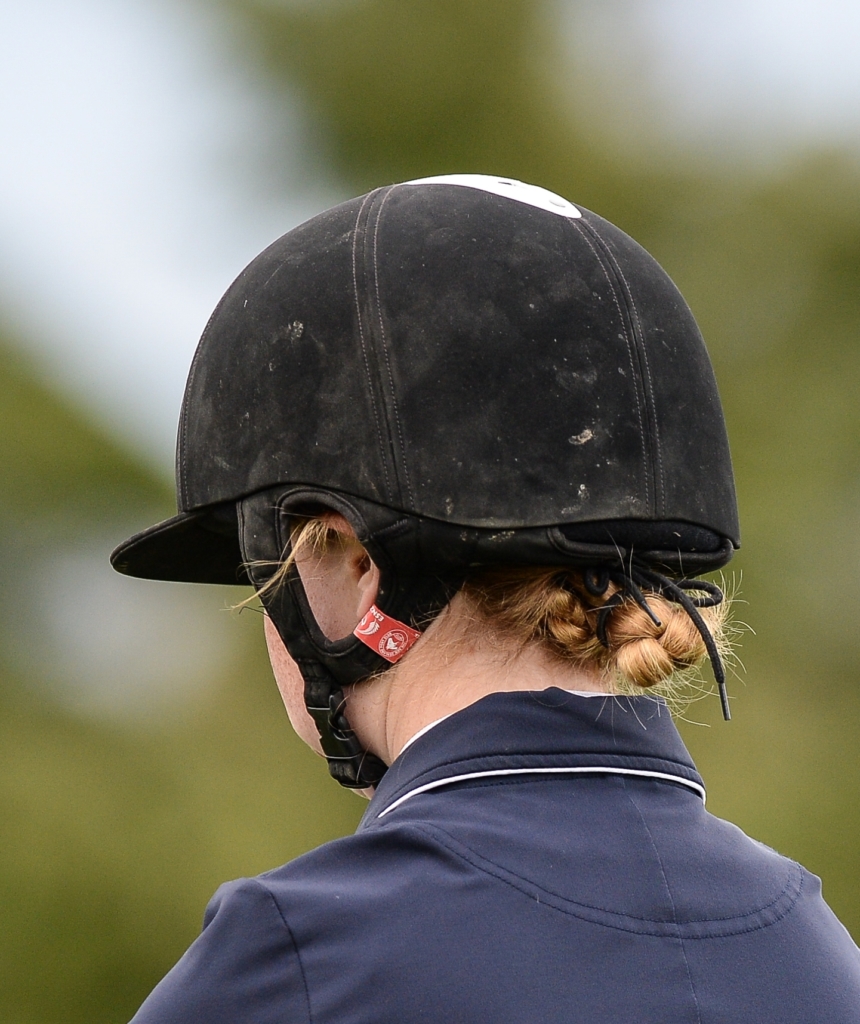
Concussion and Serious Injury Blue Card
ESNZ takes concussion injuries very seriously. Concussion is the most common head injury in sport. In equestrian sports it occurs when a rider receives an impact to the head or body that causes the brain to shake inside the skull.
Concussion may occur with or without loss of consciousness.
If concussion is suspected, it’s everybody’s responsibility to make sure the affected person is given the help they need. ESNZ supports officials in managing concussion and serious injuries with our Concussion Policy here and Blue Card process here.
Blue Card process
ESNZ’s Blue Card process has been developed to keep riders safe and to support officials in their duty of care:
- Officials can exclude a rider from participating in a competition or entire event by issuing a Blue Card because the rider has received a serious injury, including concussion or suspected concussion
- If a rider issued with a Blue Card at an event refuses to withdraw from the event, this may result in disciplinary action taken through the disciplinary process set out in the ESNZ general regulations
- The Blue Card notice is logged on a rider’s profile on ESNZ’s database
- A Blue Card means that a rider is stood down from all riding activities until clearance from a registered GP or registered medical specialist can be obtained
- If a rider who has been issued with a Blue Card competes without first providing medical clearance, this may result in disciplinary action taken through the ESNZ disciplinary process set out in the ESNZ general regulations.
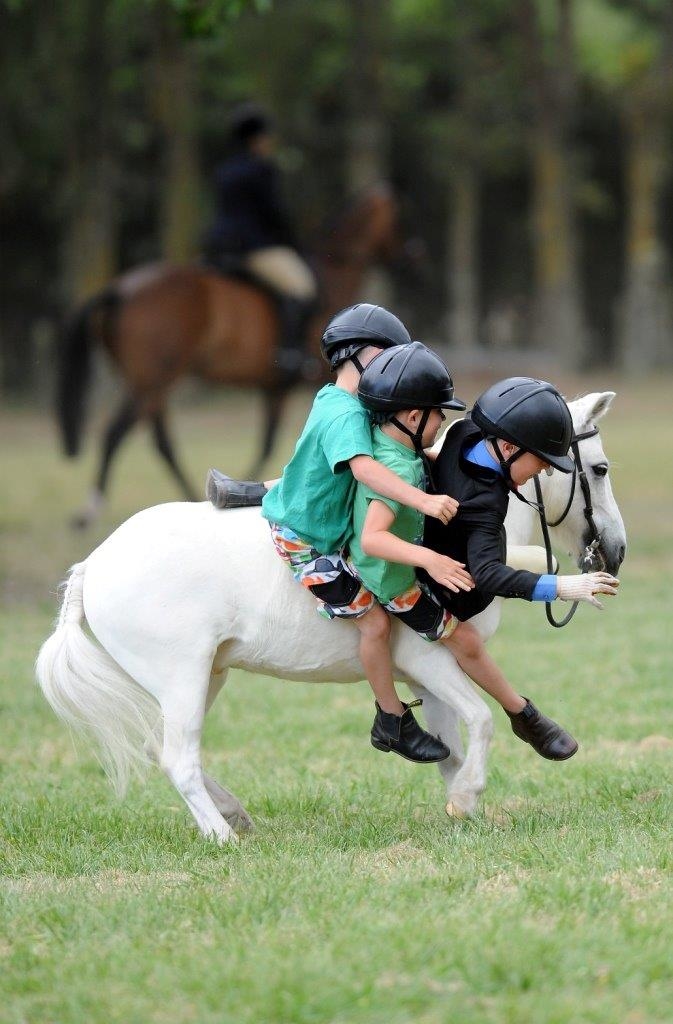
Recognise, Remove, Return
There are three key steps in recognising and managing concussion injuries:
- Recognise the signs and symptoms of concussion and seeking urgent medical treatment if required
- Remove the person from the event
- Return to competition
Recognise the symptoms
If in doubt sit them out.
Concussion can occur when a rider receives an impact to the head or body that causes the brain to shake inside the skull, so is not necessarily caused by direct impact to the head. If a rider is knocked out or loses consciousness they have obviously sustained a concussion, but it is important to remember that a person can be concussed without losing consciousness.
The Concussion Checklist is an essential tool for determining the signs and symptoms of concussion. You can order pocket-sized Concussion Checlists direct from ACC https://accsportsmart.co.nz/home/resources/
To help an unconscious rider:
- Apply first aid principles – DRSABC (Danger, Response, Send for help, Airway, Breathing, Circulation).
- Treat all unconscious riders as though they have a neck injury.
- An unconscious rider must ONLY be moved by a medical professional trained in spinal immobilisation techniques.
- Call 111 if you are concerned about the risk of head or neck injury as urgent hospital care is required.
Immediately after a fall, the rider may feel completely fine, as concussion symptoms may take hours or days to appear. When a rider gets back on to ride or compete with a concussion, they put themselves at unnecessary risk of suffering from another blow that could cause devastating, life changing consequences.
Remove from the event
Riders who are concussed are often unaware of their symptoms and may want to continue riding. It is imperative that the Ground Jury at the event takes responsibility for the rider’s wellbeing, assesses the rider and make an informed choice about whether the rider should continue to ride or not – if any doubt the rider must be removed from the event as per the Blue Card process.
Even if there are no immediate symptoms of concussion these can show up later, so it is important to keep a close eye on the rider.
Make sure the rider has a ‘buddy’ (parent/guardian/family member/friend) who will ensure they are monitored, not left alone for the first four hours and will get the rider home safely. Riders with a suspected concussion should not drive a motor vehicle.
Give a Concussion Checklist to the rider and their buddy/guardian so everyone knows what to watch for over the first 24 – 48 hours.
Concussed riders must get urgent medical treatment if they show signs of:
- Worsening headache
- Increased drowsiness or can’t be woken up
- Vomiting
- Increased confusion or agitation
- Weakness in any limbs
- Slurred speech
- Loss of consciousness or seizure.

Returning to competition
Riders should not return to riding until symptom free AND medically cleared by a registered medical specialist.
If a rider returns too soon, while symptoms are still present, it will slow recovery and put them at risk of further concussions.
If a rider sustains a second concussion before the previous one has fully resolved the impact will be more severe and can in some instances be fatal.
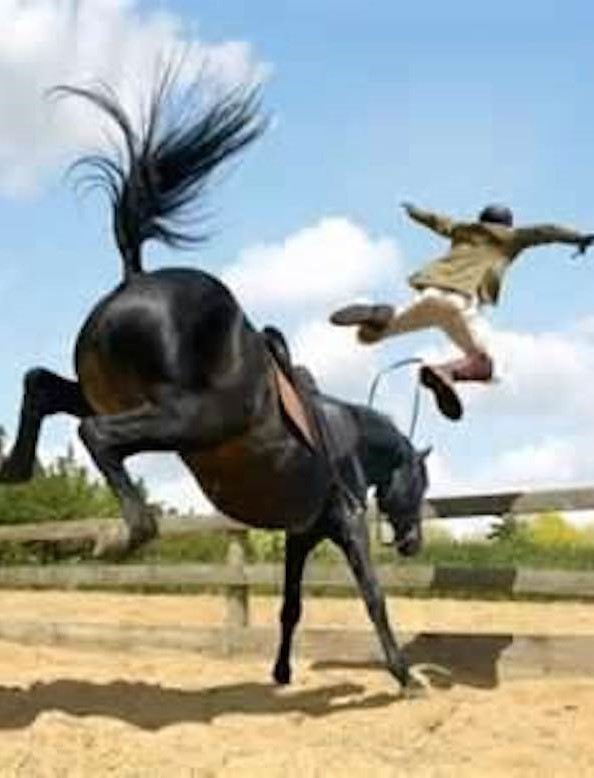
More information
ESNZ has developed a useful training module for officials and riders to support them in the recognition, removal, referral, recovery and return to riding following a concussion or serious injury. It includes some difficult situations that officials may find when issuing a Blue Card and how best to respond to those situations. It also includes a step-by-step guide to registering a Blue Card notice on a rider’s ESNZ database profile.
Articles on Concussion
The below articles on concussion have been published by the applicable publication and provide a useful insight into concussions in equestrian sports
